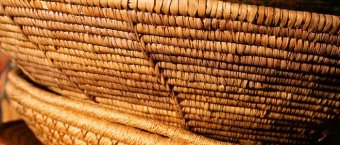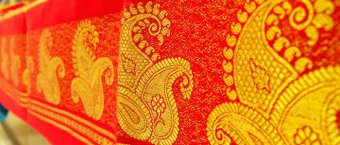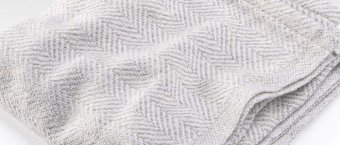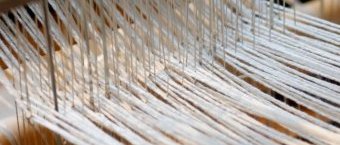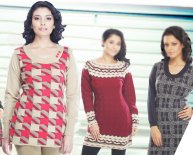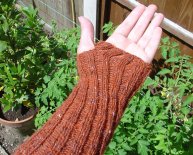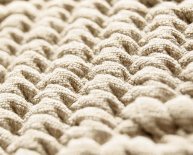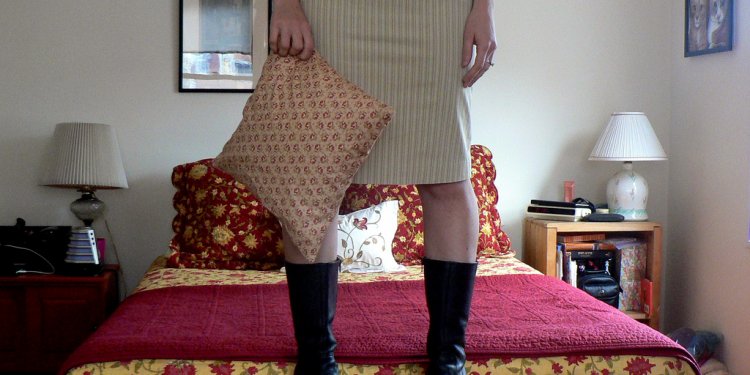
Woven and Knitted Fabrics
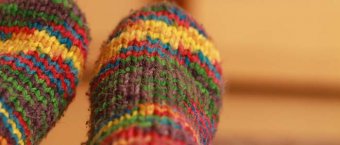 A knit fabric is constructed with one continuous yarn that is looped in rows. Consecutive rows interlock and a fabric is created. The result is a cloth that moves in many directions, some might call it stretch. When we think of knits we identify sweaters, mittens, t-shirts, stockings and leggings, dresses, and active sportswear
A knit fabric is constructed with one continuous yarn that is looped in rows. Consecutive rows interlock and a fabric is created. The result is a cloth that moves in many directions, some might call it stretch. When we think of knits we identify sweaters, mittens, t-shirts, stockings and leggings, dresses, and active sportswear
The constituent fiber and quality of a yarn contribute greatly to the stretch and recovery of the knit fabric. Nylon is well suited for stockings as it is durable and very flexible. Cotton is perfect for knit fabrics that drape comfortably. Flax is very stiff and therefore a knit construction can give a perceived flexibility to this inherently rigid fiber.
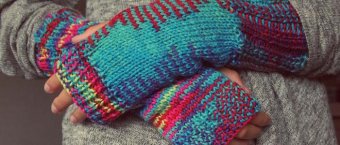 Woven fabric is constructed through the interlacing of vertical and horizontal yarns and therefore maintains a more rigid shape. This does not mean that all woven fabrics are rigid as choice of fiber and construction impart softness.
Woven fabric is constructed through the interlacing of vertical and horizontal yarns and therefore maintains a more rigid shape. This does not mean that all woven fabrics are rigid as choice of fiber and construction impart softness.
Woven Saree Wrap
We’ve described the very basic differences between a knit and a woven however the variables become infinite once the designer works their magic. Choice of yarn and fiber are the very character of a fabric. A softly spun yarn can turn a traditionally stiff fabric into a soft and pliable one. A tightly spun yarn can reduce the flexibility of a knit thereby creating a stiffer fabric.
What was once only a woven fabric now inspires interpretations. For example, dungarees are always woven right? Not any more. Knit leggings have been indigo dyed to look like jeans. Woven jeans have Lycra or spandex incorporated for recovery from bagging thereby mimicking a knit. There are knit bed-sheets inspired by t-shirt material.
